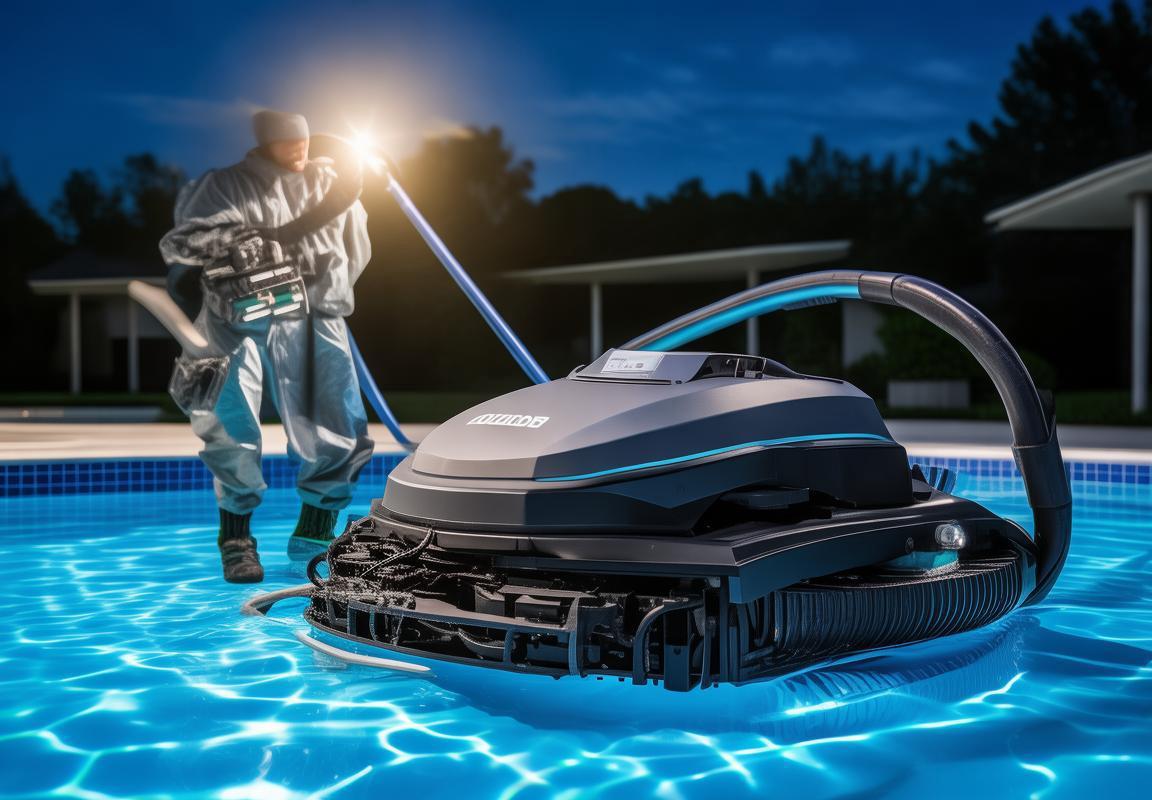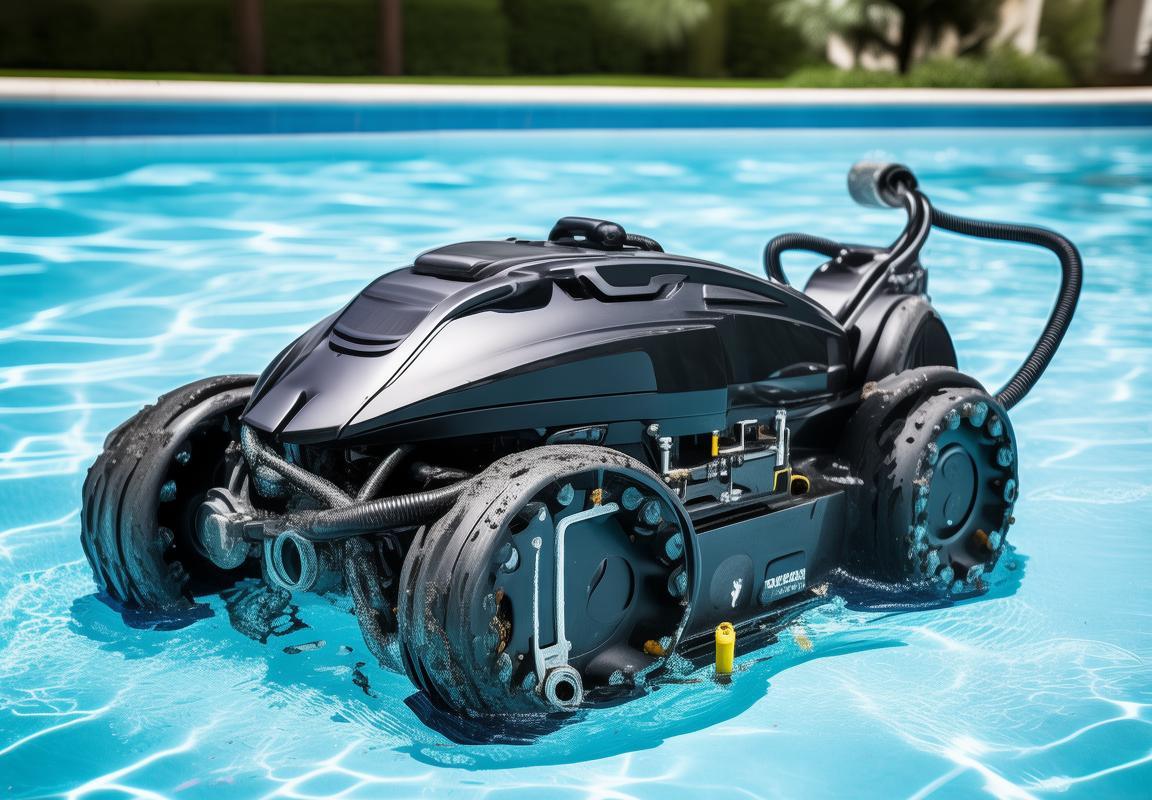Essential Parts for Polaris 280 Pool Cleaner: Fixing Backup Valve Rattles, Wheel Bearings & Hose Cracks – Maintenance Tips
Keep your Polaris 280 pool cleaner running smoothly with these key checks. First, test the Polaris 280 backup valve—shake it; if it rattles like a maraca, replace it immediately to avoid erratic movement. Worn internal gears or cracks disrupt water flow, so opt for genuine parts for Polaris 280 pool cleaner over cheap knockoffs. Next, inspect the pool cleaner wheel bearings: lift the unit and spin each wheel. Grinding noises or wobbling mean bearings are shot—replace them ($10–$20/set) and grease new ones to prevent corrosion. Don’t ignore worn axles, which can worsen motor strain. Finally, check for Polaris hose cracks, especially near connectors and under the float. Rough patches or leaks weaken suction; replace damaged sections with OEM hoses (avoid duct tape fixes). Store hoses coiled in shade to prevent UV brittleness. Pool cleaner maintenance tips: Keep a spare backup valve, rinse wheels after use, and lubricate O-rings annually. Addressing these issues early saves costly repairs and ensures your Polaris 280 cleans efficiently. Stick to OEM parts for Polaris 280 pool cleaner for longevity—cheap replacements fail faster. Regular checks take minutes but extend your cleaner’s life by years.

